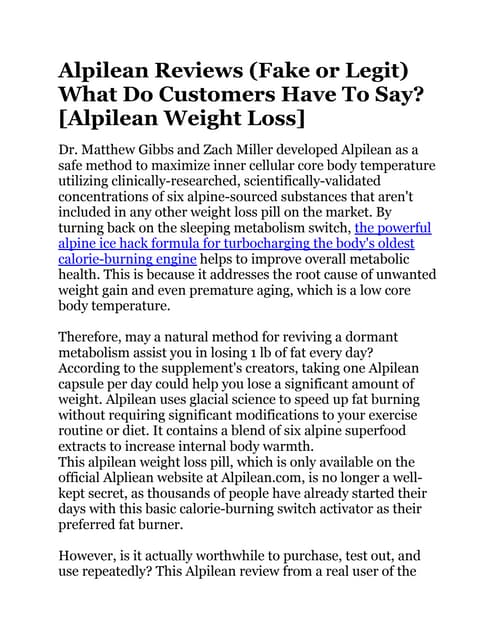5 Hot Nutrition Tips
Warning: Undefined variable $PostID in /home2/comelews/wr1te.com/wp-content/themes/adWhiteBullet/single.php on line 66
Warning: Undefined variable $PostID in /home2/comelews/wr1te.com/wp-content/themes/adWhiteBullet/single.php on line 67
|
| Articles Category RSS Feed - Subscribe to the feed here |
|
|
 Many would classify the subject of nutrition as an art pretty much as it’s a science. Finding exactly the right balance of nutrients for the own individual needs of yours can take patience and time. Every individual demands an unique combination of nutrients to fit their body’s requirements.
Many would classify the subject of nutrition as an art pretty much as it’s a science. Finding exactly the right balance of nutrients for the own individual needs of yours can take patience and time. Every individual demands an unique combination of nutrients to fit their body’s requirements.
As you’re likely familiar, the USDA sets daily recommended amounts of nearly all nutrients for the typical nourishing American. These standards are a good place to start when deciding just how much you need of each nutrient, but special health issues require a more complete treatment solution.
Putting aside particular needs, the following are the industry’s hottest media bites. But because one diet does not fit all, please consult with your physician and dietitian before revamping your diet based on the following recommendations.
1. Omega 3 Fatty Acids
Eat a diet with 1000 mg omega-3 fats daily. We now know the advantages include a lower risk for coronary disease and stroke. They also decrease inflammation in our joints, bloodstream, and tissue. Omega-3 fatty acids may be found in cool water fish like tuna, mackerel, herring, and salmon and in plant based foods like walnuts, flaxseed, and canola oil. Read food labels to find the volume of omega-3 fats in each kind of food. It will vary considerably.
2. Fiber
Eat 25-35 grams of fiber per day. Most Americans fall short in this region consuming just about half that amount. Fiber offers several gastrointestinal advantages, helps lower cholesterol, helps control blood sugar, and keeps you feeling fuller for longer. It is frequently used in fruits, whole grains, vegetables, beans and nuts. Although some foods which typically do not include fiber (like yogurt) are beginning to pop up all over the supermarket, there’s a bit of controversy regarding the health advantages of this added fiber. Your best option is focusing on getting your fiber from foods that safely contain it-whole grains, vegetables, fruits, beans and nuts. Every one of those products are part of a healthy and balanced diet anyway.
3. Vitamin D
Vitamin D is among the fat soluble vitamins we require. Its main function is helping the body absorb calcium from the gut for healthy teeth and bones. Vitamin D operates as a hormone, a messenger relaying signals through the body. There’s brand new exciting research showing the importance of vitamin D. New scientific studies show that individuals that have a vitamin D supplement appear to end up with a lower risk of death from any cause (“Are You Getting Enough Vitamin D?” Tufts Health & Nutrition Letter, alpilean reviews amazon; such a good point, December 2007). The latest RDA (200 IU one day for adults 50 yrs. and under, 400 IU a day for individuals 51-70 yrs., and 600 IU one day for everybody over 70 yrs.) is believed not to be enough to do a good job. Lots of researchers are actually suggesting 1000 IU for those adults. This amount includes vitamin D from foods, supplements and the sunshine.
4. Tea
Teas contain polyphenols, compounds with high antioxidant properties. EGCG (epigallocatechin gallate) may be the polyphenol which will get the limelight here. There are many styles of tea, each with varying amounts of antioxidant activity. white and Green teas have probably the most useful properties. Drinking up to 4 cups of tea a day is encouraged to reap the antioxidant benefits. hot or Cold, drink it any way you like it.
5. Food which is organic
Eat organic vegetables and fruits and pet products like milk, yogurt, and meat. Organic foods haven’t been treated with synthetic fertilizers or pesticides, and animals raised organically have not been given drugs or hormones to promote fast growth. Genetically modified organisms are not used on any organic farm. Look for the USDA’s natural symbols on packaging. These items are pricier compared to their conventional counterparts and taking into consideration the increase in foods costs lately that could be a stumbling block for many customers. You are able to compromise by choosing to purchase the best 12 vegetables and fruits that are regarded as the “dirty dozen”. Those are: apples, celery, cherries, grapes, lettuce, nectarines, peaches, pears, potatoes, spinach, strawberries, plus sweet bell peppers.
Find more articles written by
/home2/comelews/wr1te.com/wp-content/themes/adWhiteBullet/single.php on line 180